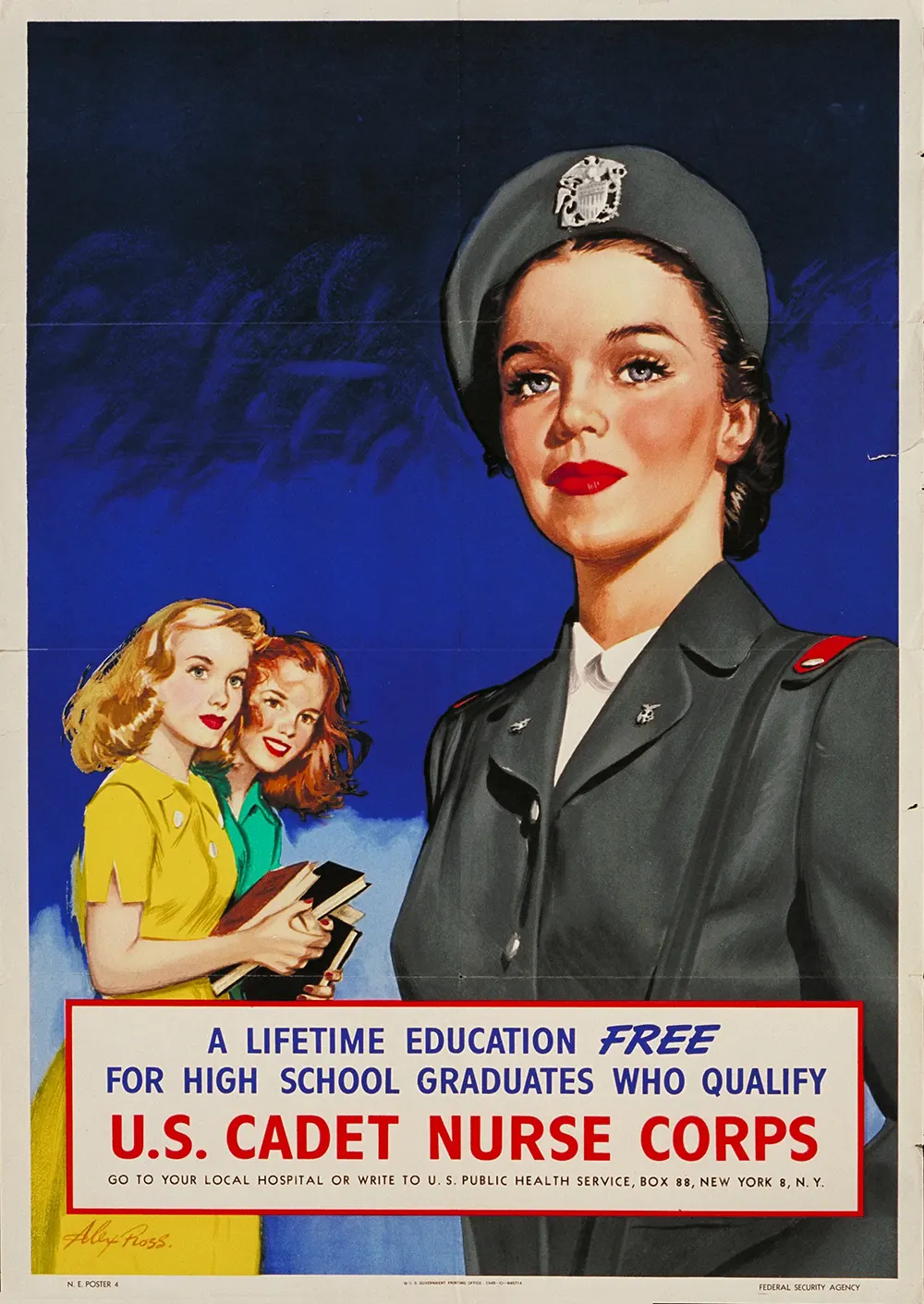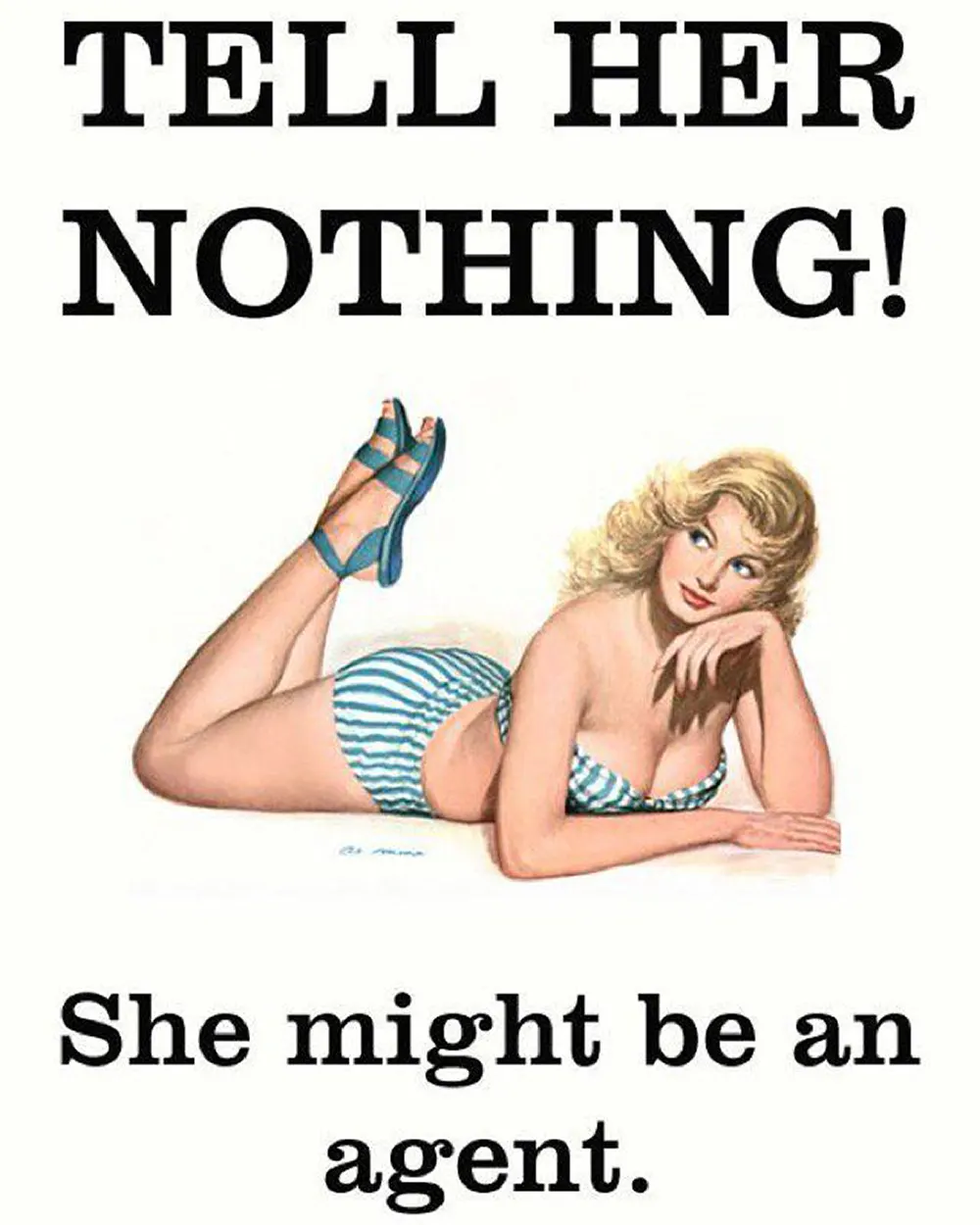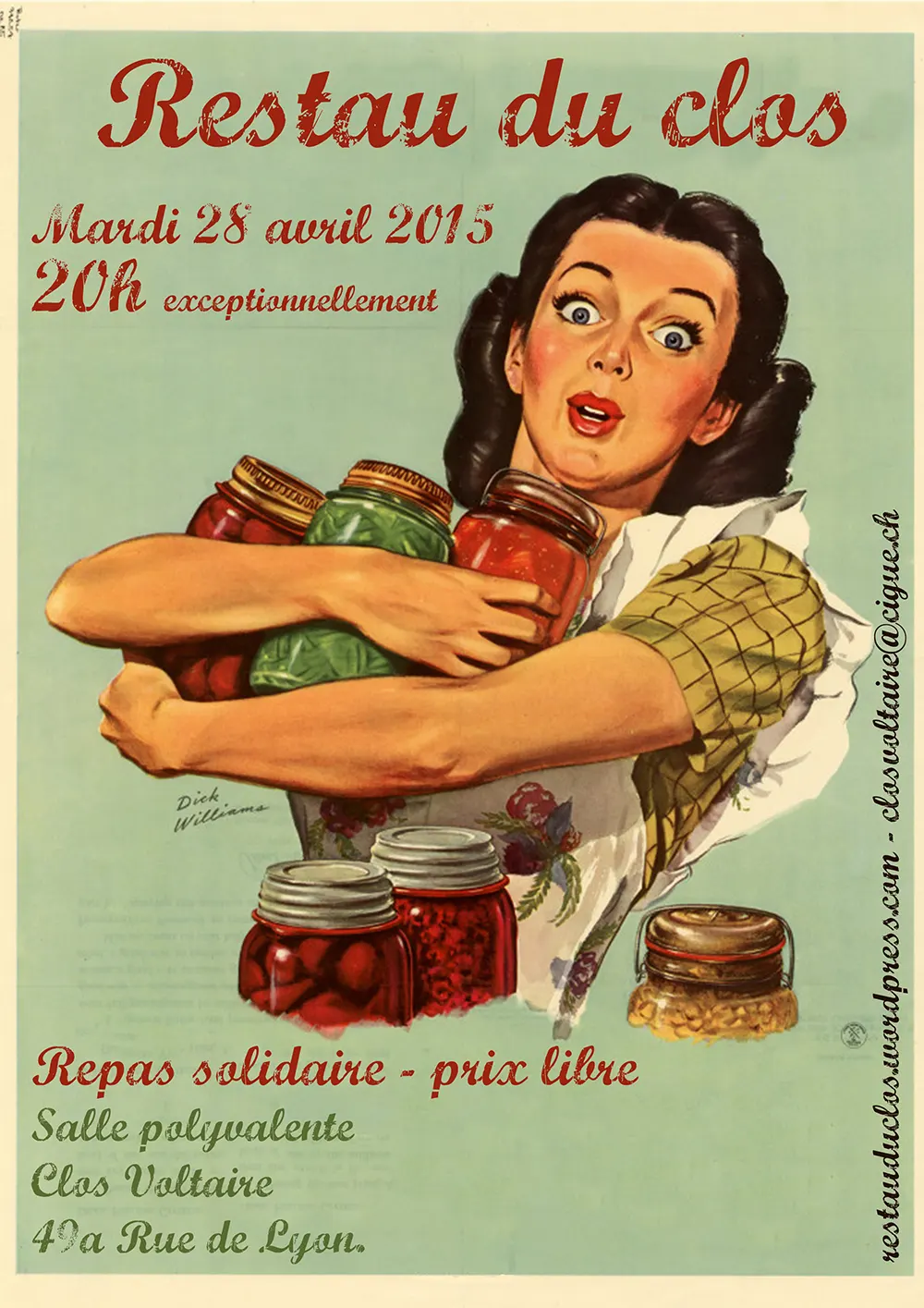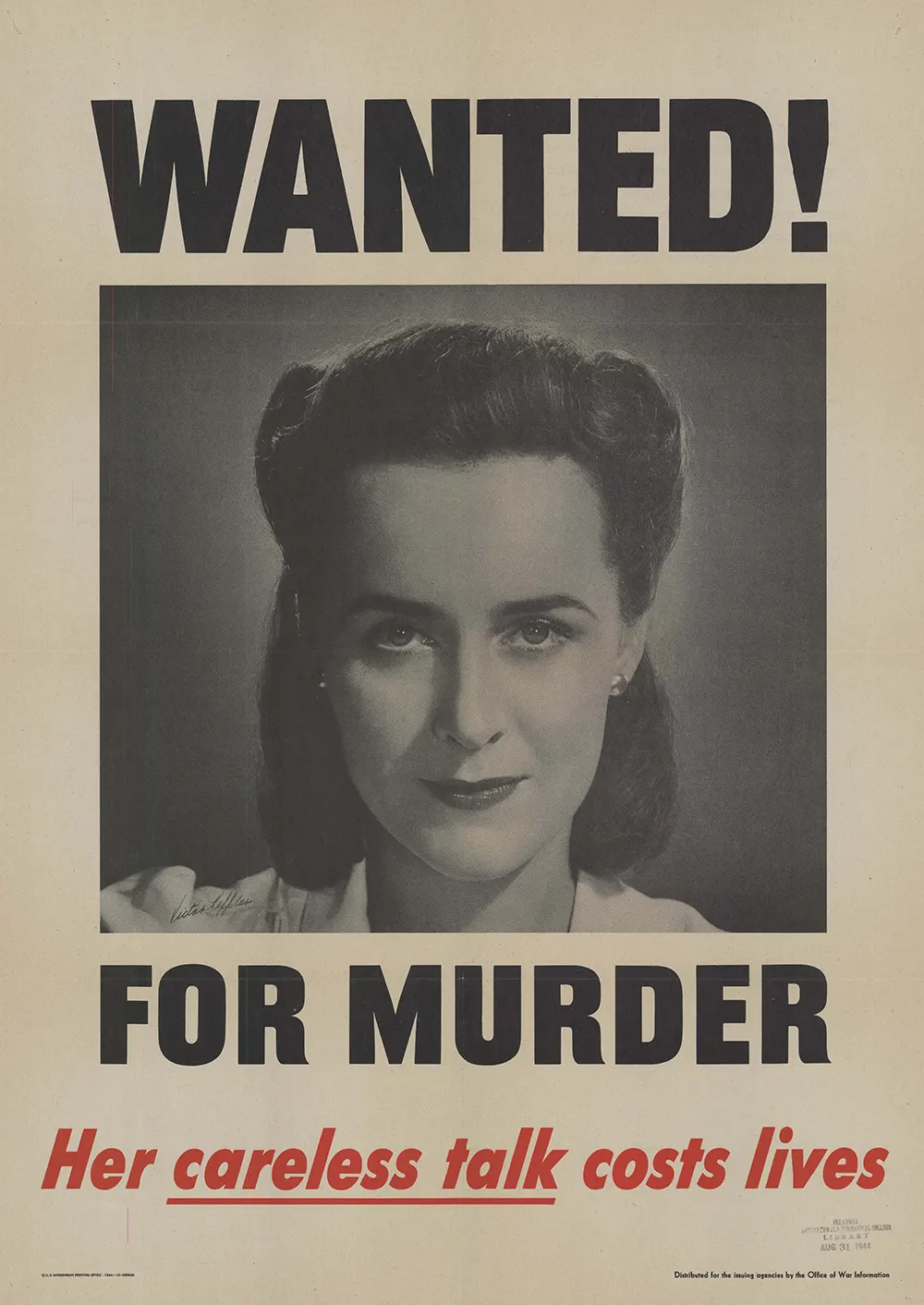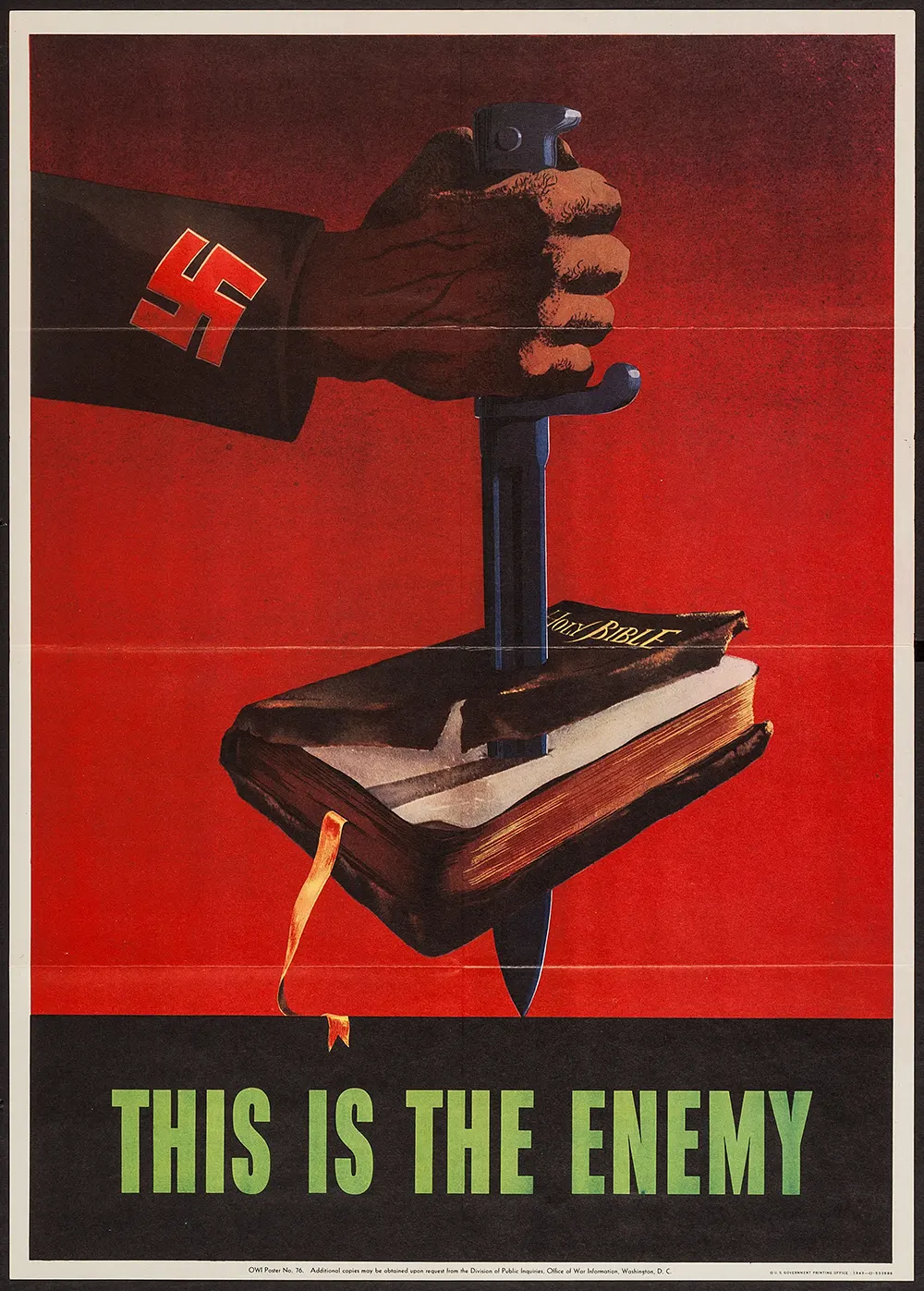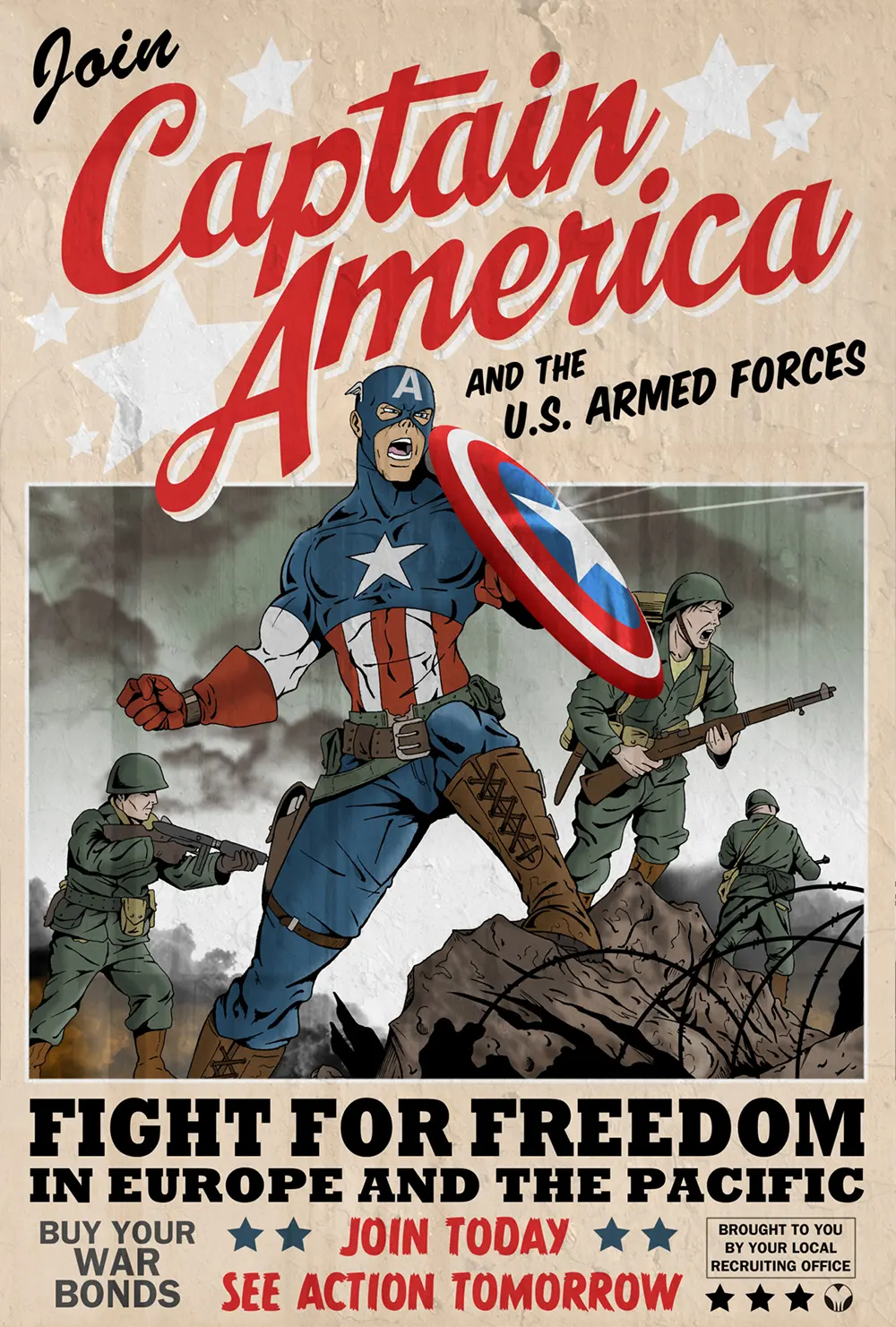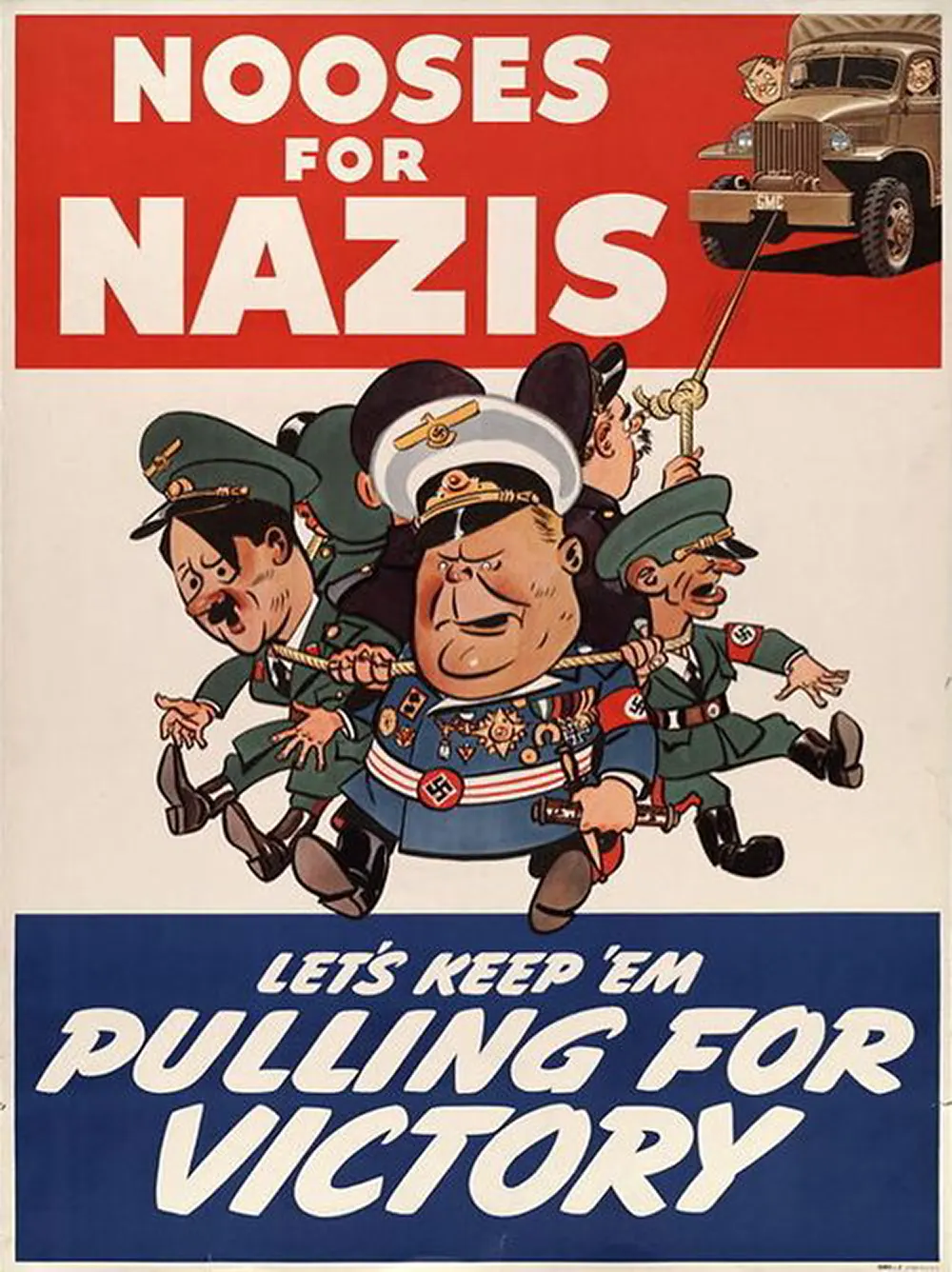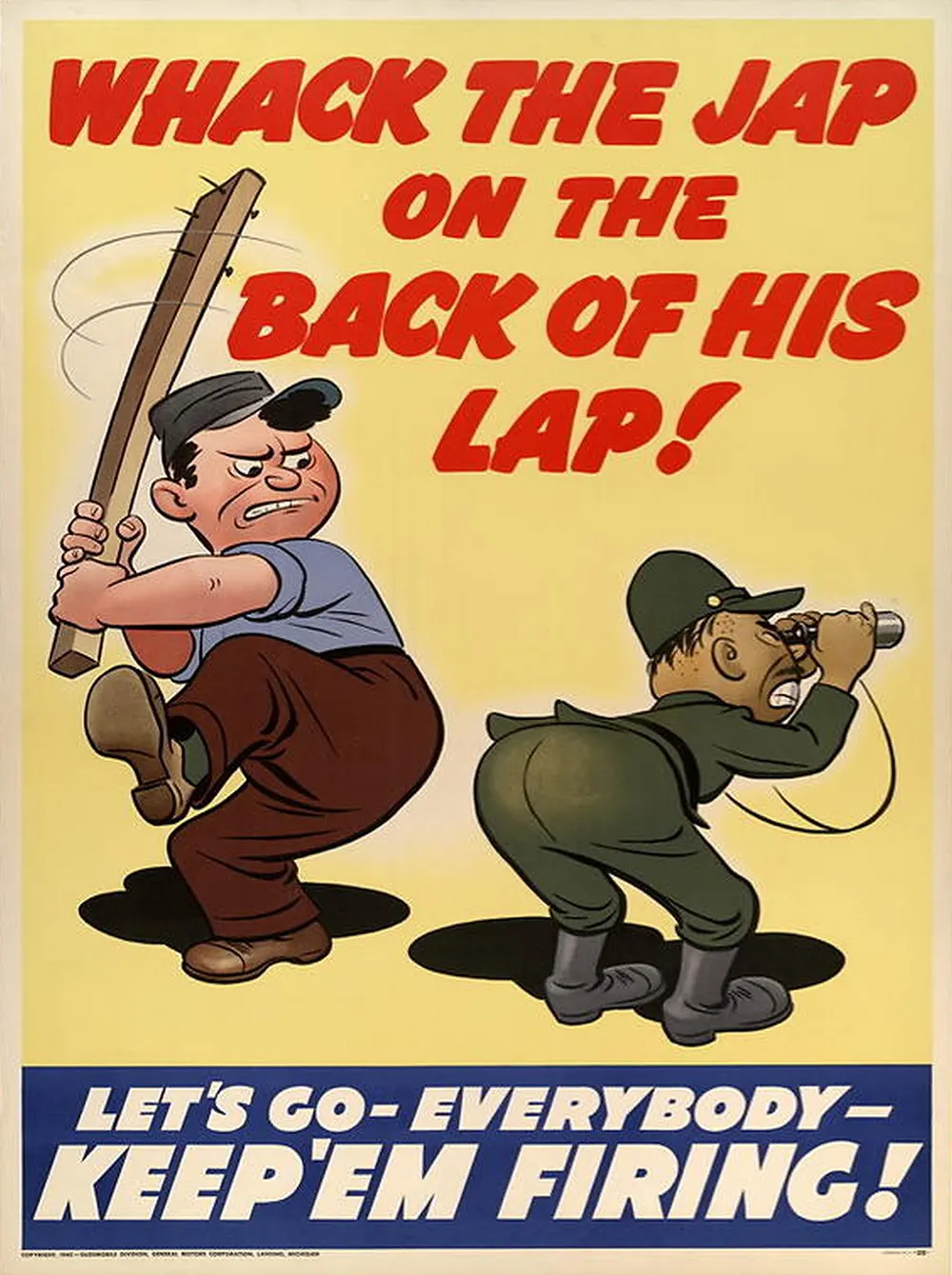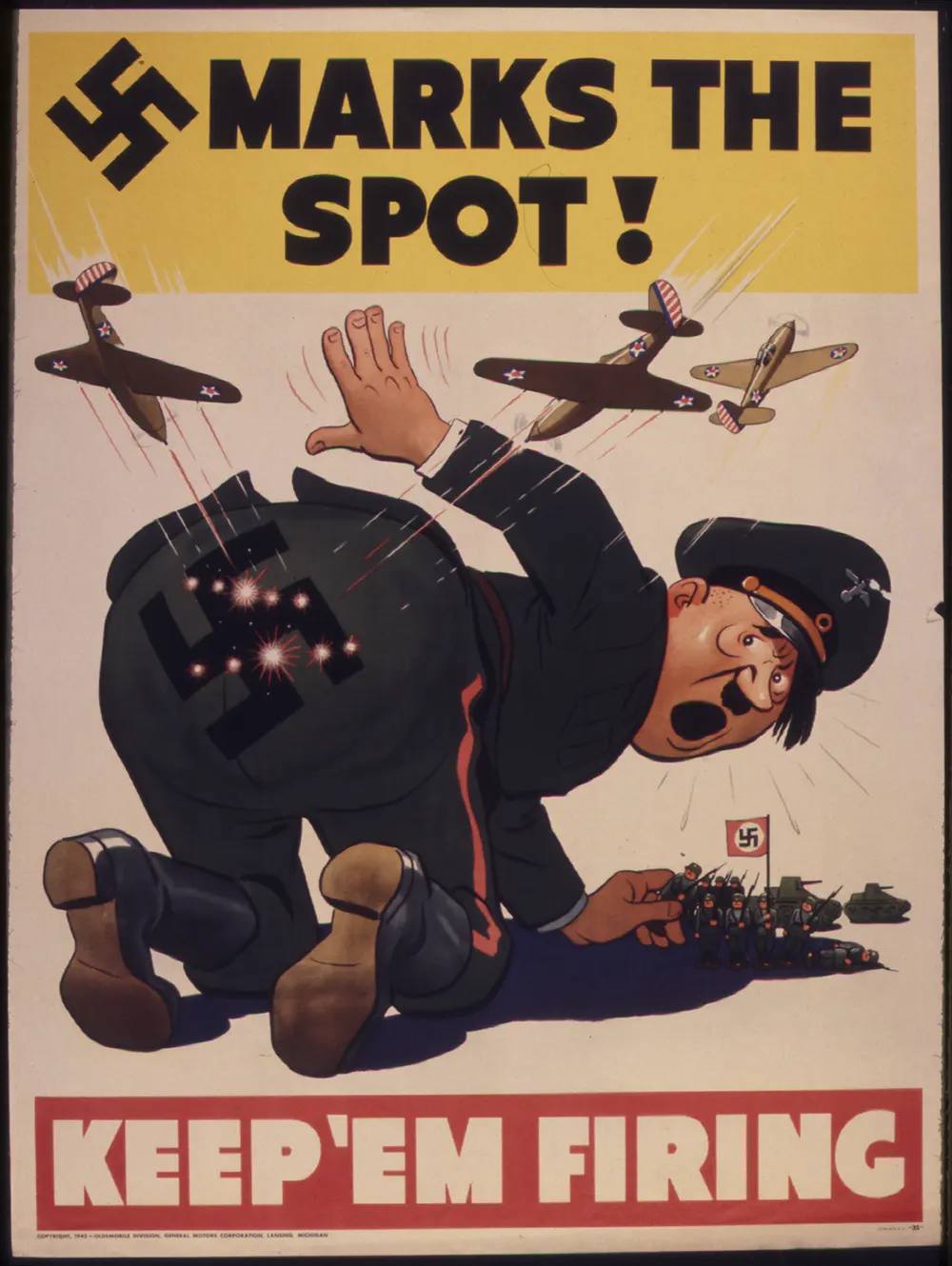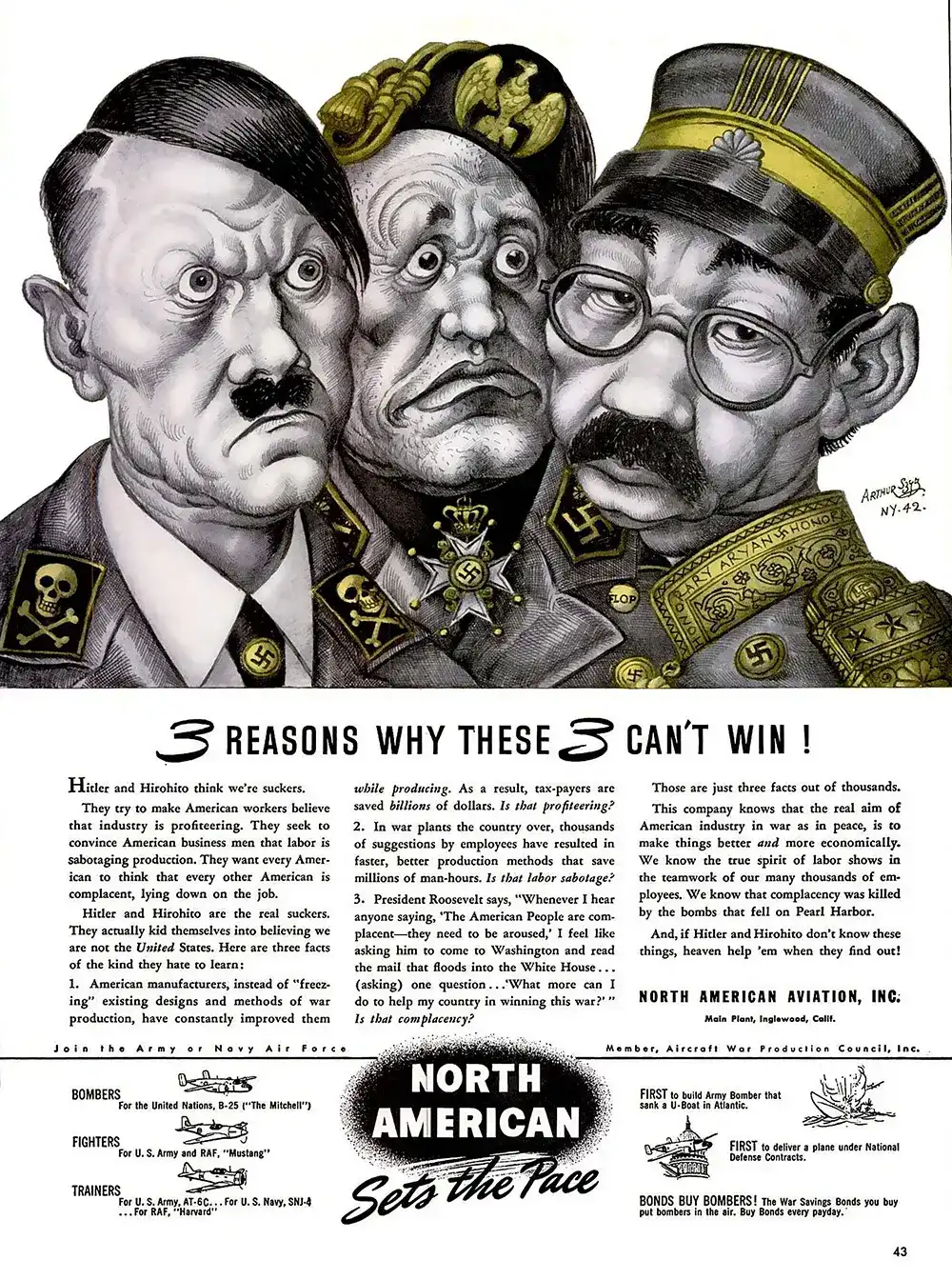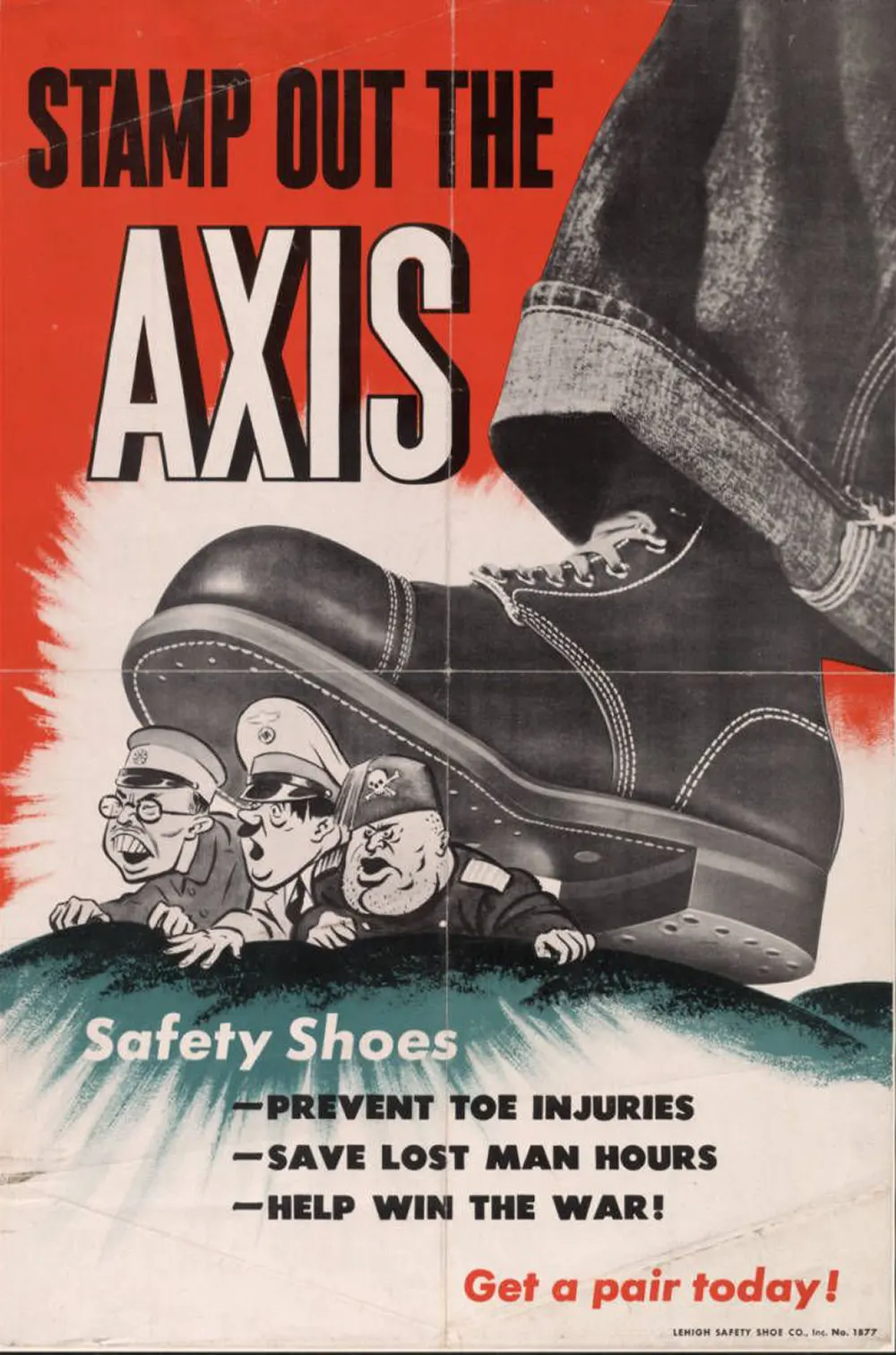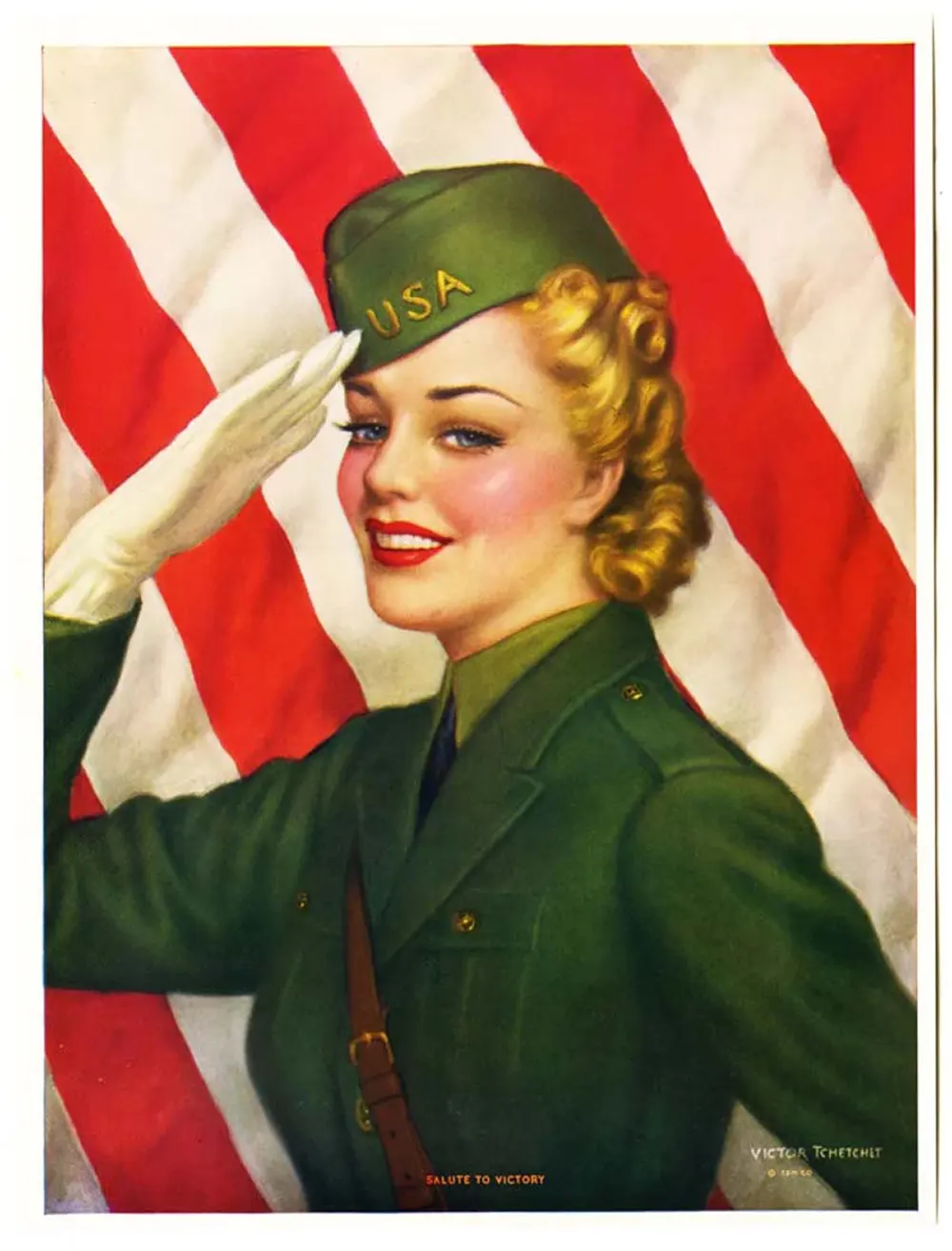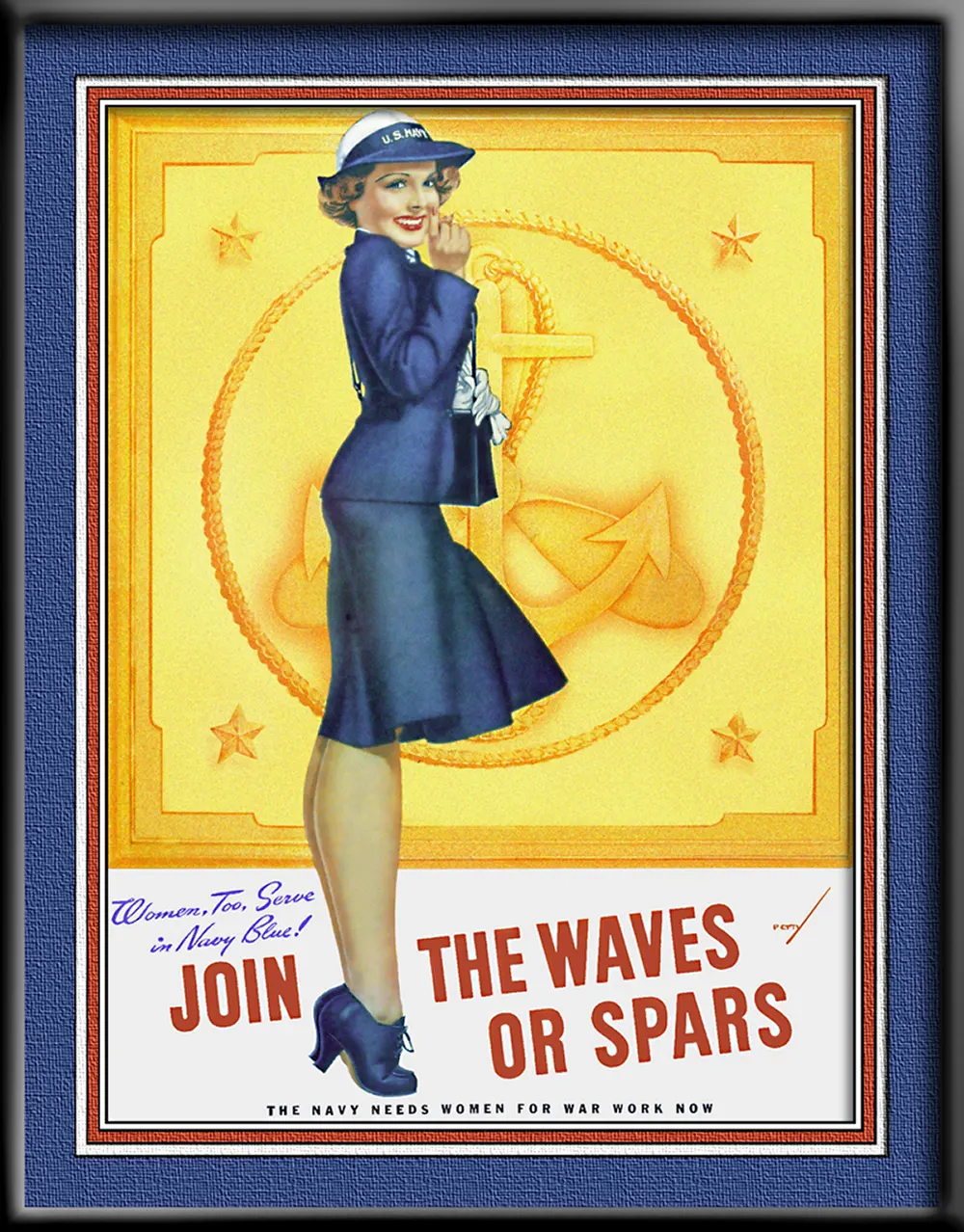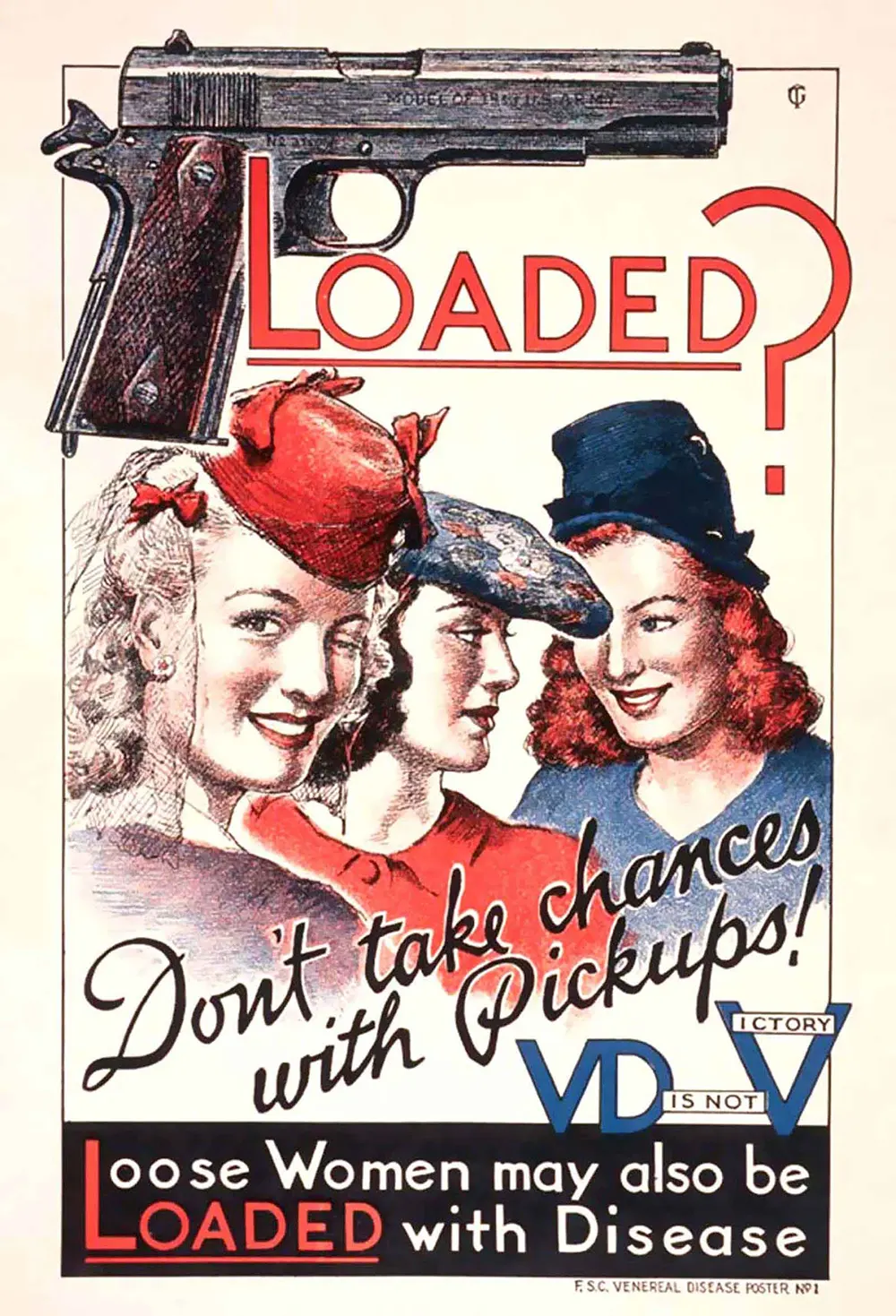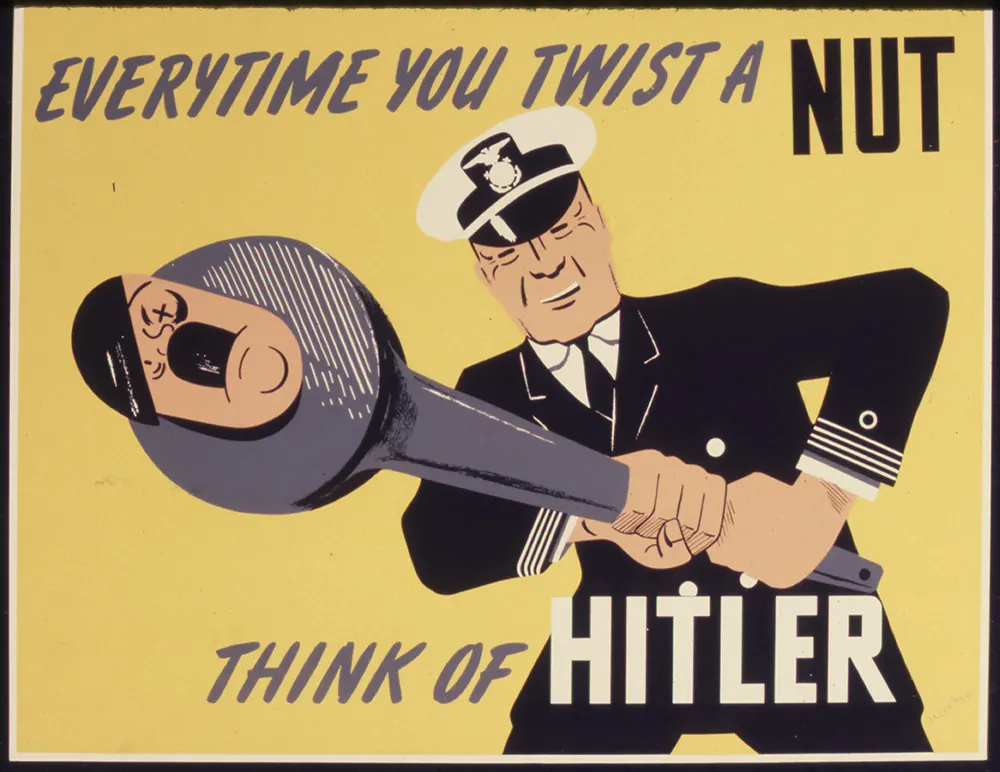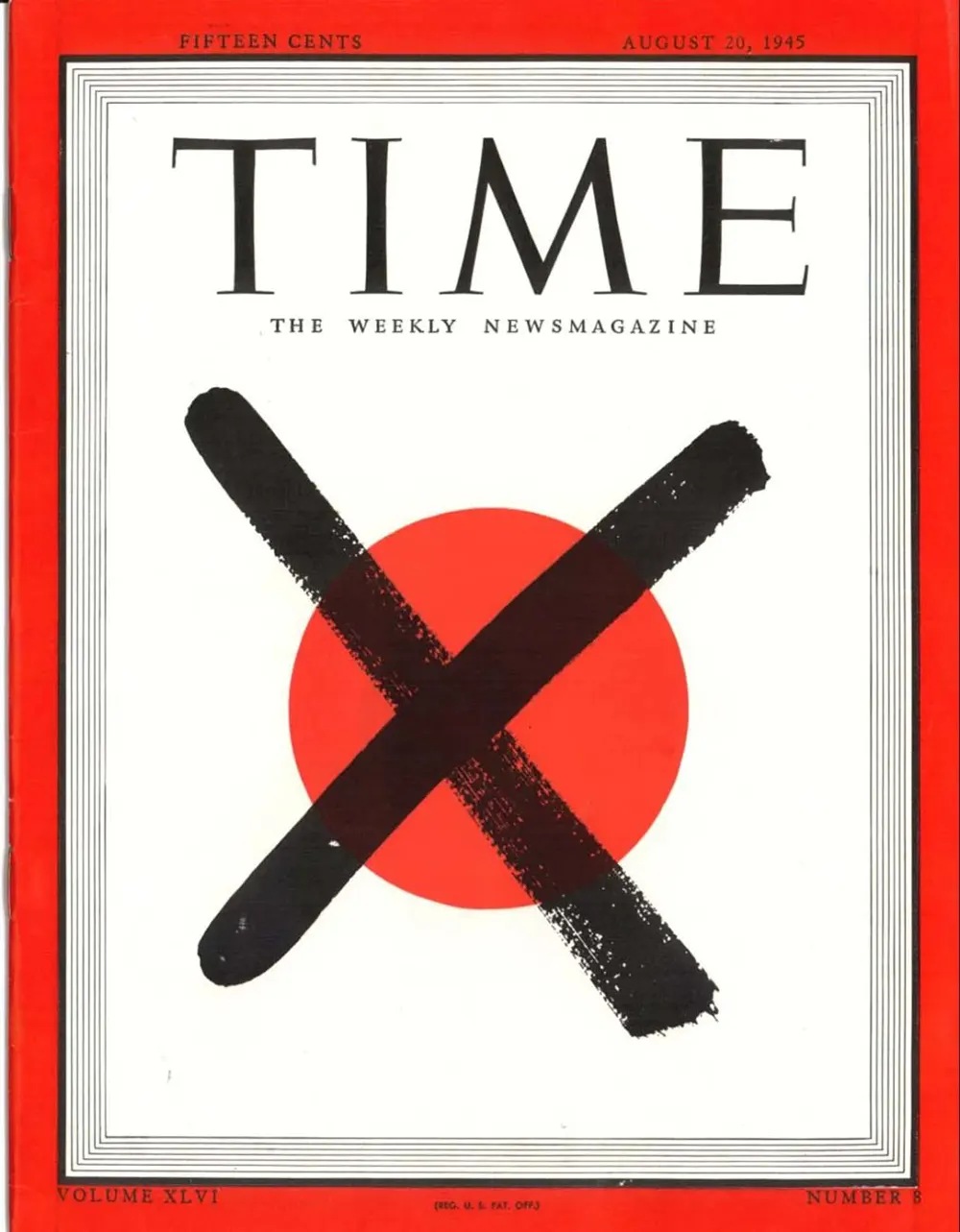Posters were not the only form of propaganda used by the U.S government. They also employed Hollywood, radio programs and advertisements, cartoons, music, and other forms of media. However, posters were more common than the other methods of spreading propaganda. They could be made in mass quantities and spread around a large area, whereas a movie could only be seen by those going to the theater. Another benefit was that a person’s exposure to posters could be longer than a radio program. Someone could only hear a radio campaign during the purchased time slots, but a poster would be on a wall until either the elements or people took it down, or a new poster was pasted over it. During World War II, the Office of War Information (OWI) controlled the release of all the American propaganda from the time of its formation to the end of the war. Franklin D. Roosevelt created the agency with Executive Order 9182 on 13 June 1942 with the goal of simplifying the way information about the war reached the public. In order to gain more support from the civilian populace, there needed to be one central agency that could control the information that would reach them. Subjects of the OWI posters included: buying war bonds; careless talk; recruiting; increasing production; conservation; and other ways one could support the war effort. The different themes accompanied the various campaigns that the war agencies launched. If the promotions were to be successful, then posters needed to remind people of the campaigns on a daily basis. Masculine strength was a common visual theme in patriotic posters. Pictures of powerful men and mighty machines illustrated America’s ability to channel its formidable strength into the war effort. American muscle was presented in a proud display of national confidence. In the face of acute wartime labor shortages, women were needed in the defense industries, the civilian service, and even the Armed Forces. Despite the continuing 20th century trend of women entering the workforce, publicity campaigns were aimed at those women who had never before held jobs. Poster and film images glorified and glamorized the roles of working women and suggested that a woman’s femininity need not be sacrificed. Whether fulfilling their duty in the home, factory, office, or military, women were portrayed as attractive, confident, and resolved to do their part to win the war. Different drives often had their own style, but some of the more popular artists would add their own flare to the art on the poster itself, while still maintaining the message. Placing the poster out in the public did not happen randomly. The OWI developed a strategy on where and how to place them. It wrote a handbook about the entire process and distributed it to the people who were in charge of placing the posters around the section of the town or city in which they lived. The distribution process occurred at both a national and local level. Various government buildings received posters and displayed them on their own. However, this did not cover a wide enough spectrum of places that the average person would visit throughout the day. Therefore, it became necessary to get citizens involved in placing the posters in locations they frequently visited. Each community had a Defense Council, and within the Council a poster committee handled the poster distribution. Members of the committee scouted around for the best spots to place the posters. While looking for a location, the OWI handbook stated to be mindful of a few aspects like: the number of people that would see the posters in the place being considered; if the place already had government posters; whether the area was practical for posting; getting the owner’s permission; and the size of the poster that could be displayed. The placement of the posters was a concern for the OWI because the public needed to see the posters and their messages. Visibility was the most important consideration in placing the posters, so the OWI, members of the committee, and other groups that helped to distribute the posters focused on high traffic areas. Almost every government building from museums, to post offices and schools, railroad stations, restaurants, stores, and occasionally the sides of buildings would have a propaganda poster hanging for anyone passing by to see. The OWI wanted a total saturation of governmental messages aimed at the average citizen. The messages contained on the posters supposed that every citizen needed to be a better contributing member of wartime society. Posters had certain criteria to meet. The artist who designed the poster had to be aware of the main points that government officials wanted to be present in every poster. All needed to appeal to human emotions and not be abstract. Appealing to emotions made the viewer feel something about the image. If the image evoked a response then there was a chance that the viewer would support or be mindful of the message. The use of photographic detail stemmed from the government’s concern over the public not understanding an abstract image and how it related to the message. Therefore, using detail allowed everyone to understand the image.
(Photo credit: Wikimedia Commons / Library of Congress / Changes in American Propaganda Posters in World War I and World War II by Joshua Andrew Coulson). Notify me of new posts by email.
Δ Subscribe



